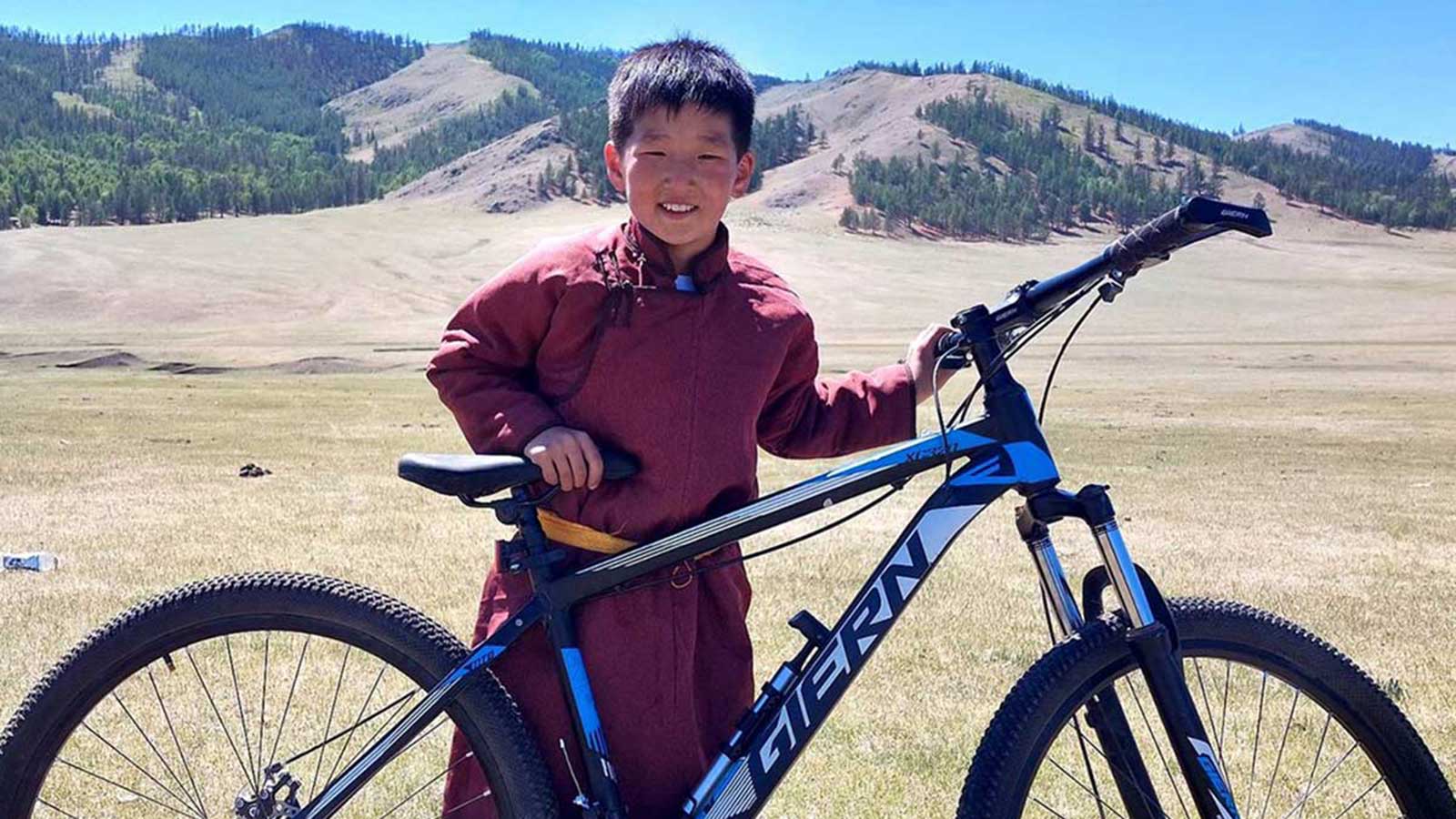In 2015, adoptee Maggie Grout founded Thinking Huts, a nonprofit that builds schools in developing countries, with a mission to increase global access to education. And just last year, Thinking Huts celebrated the completion of their first school! Read a Q&A with Maggie here.
In 2015, Maggie Grout was a 15-year-old high school student, dreaming of ways she could change the world for the better. As a Chinese adoptee, she felt that if she hadn’t been adopted, she may have missed out on some of the opportunities she has received growing up in an adoptive family in the U.S. In particular, had she grown up in an orphanage in rural China, she felt she may have missed out on a comprehensive and high-quality education.
As 3D printers began to rise in popularity, Maggie wondered how this technology could support her mission to make education accessible to all. She formed a company, Thinking Huts, while still in high school. And in April 2022, Thinking Huts completed its first 3D printed school — in Madagascar!
Read a Q&A with Maggie below about what inspired her to start Thinking Huts, and how her experience as an international adoptee has informed her work and vision.
How did the idea of creating Thinking Huts come about?
I was in my dad’s office expressing my frustration with how a lot of people talk about the problems in the world but not many find the solutions. I think in many ways, I was destined to bring Thinking Huts to life because of my origin story — having been adopted from China and achieving more opportunities through access to education.
How did you first learn to build 3D printed schools?

It all started with a vision when I was 15 and something just clicked in my brain which prompted me to ask, “What if we made 3D-printed schools?” We could fill this need in a fraction of the time and eventually reduce costs if economies of scale are achieved.
Could you tell us more about the process for printing? How long does it take, what material is needed, do you work with any local partners, etc.?
Our pilot Hut took about 18 hours for total wall print time and then about 12 days for the roof, door and windows. A cement mixture is needed to print the walls and we try to locally source as many materials as possible to support local artisans. We work with local construction workers and look forward to growing the number of partners we work with to make a bigger impact.
How did you choose the location for your first school?
I believe that many things in life happen serendipitously, and it was a combination of the people, timing and welcoming response in Madagascar that led us to build our first school there.
Do you travel to be part of each project?
To date, yes, I have because I also fill the role of international project manager. However, in the future, I hope we can train more native people to oversee the day-to-day management so that I can put more time into fundraising and public relations for more people to learn about our work and vision.

What are some of the obstacles you have faced so far (or continue to face)? How do you hope to overcome them?
I could write a book on all of the obstacles 🙂 I would say the main obstacles have been being underestimated as a young CEO and stepping into a leadership role when often stereotypes create a certain perception of what a leader should look like. I believe that as time passes, the truth always reveals itself and with it, people will eventually see that age does not determine competence or ability.
On your website, you wrote “I was adopted from China when I was a baby, and I am here today because of my parents and the opportunities I achieved through education.” How does your adoption inform your work with Thinking Huts?
My adoption gives me greater insight into how, with access to opportunities, a child can flourish and has formed my belief that where one is born should not limit their whole life trajectory.

On your website, you also say that your life “could have followed a very different timeline.” Can you expand on that? How would this have affected your education?
I was born in a rural village in the northeast [of China] and if I had not had access to education, I would likely not be in a leadership position or have been equipped with the tools to start my nonprofit to attempt to make a large-scale change in the world. Education allows a person to advance based on merit, not social status or other factors.
Do you have plans to build in China one day?
I think it would be a lovely full-circle moment, but I would need to have a greater understanding of the feasibility to bring together a new supply chain and local support.
What are your hopes for the future of Thinking Huts?
I hope that with the resources able to be gathered, we can positively impact as many lives as possible and create ripple effects for multiple generations.
Anything else you would like to share?
I’d love to have you join our volunteer team if our work interests you!
Visit thinkinghuts.org to learn more!
Photos courtesy of Thinking Huts; photographed by Geoffrey Gaspard and Mattea LinAe.


